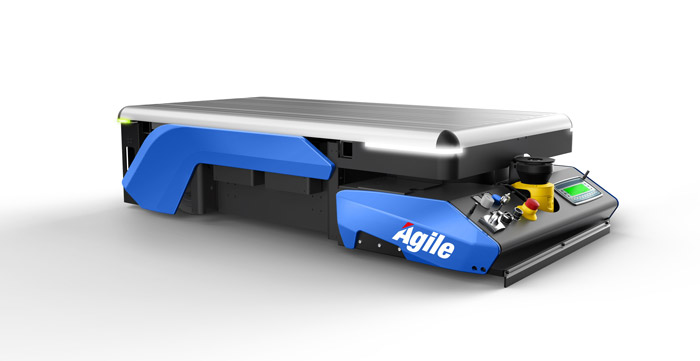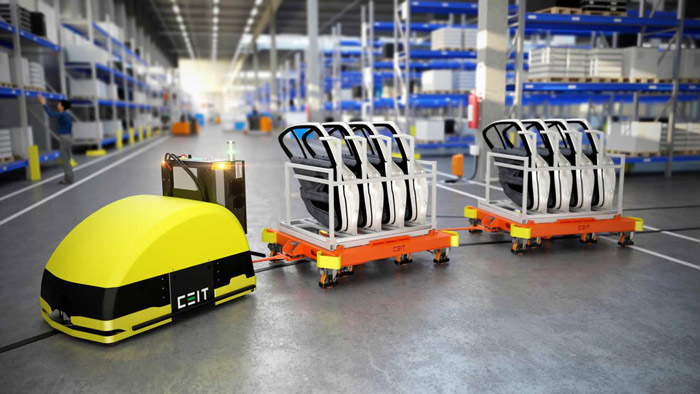Many believe that there is no difference between agv and amr, due to the great similarity between both terms. But even though there is indeed a similarity between them, the difference between agv and amr is clear and important. Whereas AGV is not really a robot but an automated device, while AMR can navigate without external guidance like the first. In this article, we will talk in detail about the difference between agv and amr, as well as which one is best for your system and business to use.
What is an AMR?
Before we get to know the difference between AGV and AMR, we will first need to know what AMR is. AMR (Autonomous Mobile Robot) is a vehicle that uses processors and sensors to be able to transport and move materials without the need for any physical assistance, i.e. it is autonomous.
What is an AGV?
Now that we know about AMR and in the context of our talk about the difference between AGV and AMR, we will move on to find out what AGV is.
As for AGV (Automated Guided Vehicle), they are vehicles that can transport and move materials, but are based on automatic guidance. That is, in contrast to the first, it follows lines and marks during its movement.
What Is on Demand Warehousing?
Where are AGVs and AMR used?

In the context of our talk about the difference between agv and amr, you will need to know where each is used as well. Especially in complex environments, it is critical to ensure the safety of your operators.
Especially since both AGVs and AMRs have different navigation systems, and therefore each can behave completely differently from the other. So the difference between agv and amr has to be realized and how to deal with it.
In general, you can use AGV in workspaces that need to handle a lot of static tasks. In collaborative work environments, using AMR will be your best option, because these systems are able to deal with and adapt to changing environments.
get to know : Stock Availability Is a Key to Last Mile Performance
What’s the fundamental difference between AGV and AMR?
Despite the similarities between an AGV and an AMR, there are distinct differences between the two terms. Here are the most important difference between AGV and AMR:
- AMR does not need paths for movement, while AGV needs wire or marked paths for movement.
- The AMR can move freely even during obstacles, while the AGV, on the contrary, stops as soon as it hits any obstacle in motion.
- The AMR can travel between people safely, while the AGV travels in designated lanes due to safety measures.
- The path can easily be widened in AMRs but not in AGVs.
- AMRs are more agile and agile, while AGVs are less agile.
- The cost of AGVs is much higher than AMRs.
So these are the most important difference between AGV and AMR, so choosing the right system for you depends on your work environment and the nature of your use of each.
In the next paragraph, we will move on to find out how to choose the right method for you, after we got to know the difference between AGV and AMR.
are you know what is Scheduled Delivery?
Should I Implement AMRs or AGVs?

As for which of the two solutions you should use, after knowing the difference between agv and amr, you must decide which of the two systems is best for you.
But in general, the process of choosing the best system for you depends on your evaluation of the work environment as well as the tasks that will be performed in your business.
This is because there is a difference between agv and amr, and as we have indicated, they have different applications from each other, although there are some similarities between them.
But if your business has less complex tasks, such as packaging, transporting raw materials or sorting and there are specific methods and tasks to follow, then AGVs are for you.
But if your business requires artificial intelligence and deals with more complex tasks, then the use of AMRs will be more suitable for you.

Recent Comments